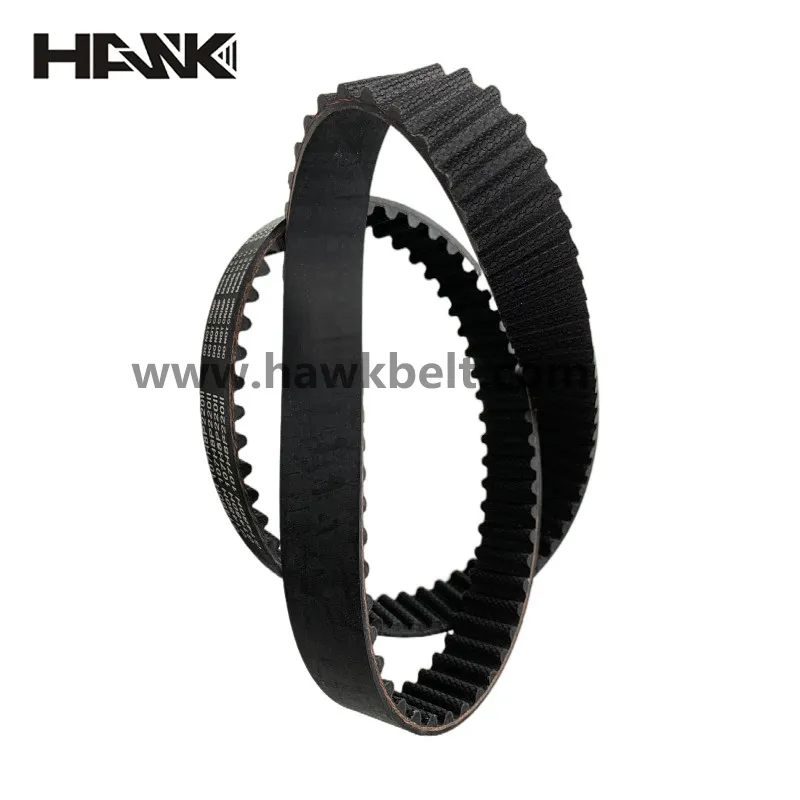- Arabic
- French
- Russian
- Spanish
- Portuguese
- Turkish
- Armenian
- English
- Albanian
- Amharic
- Azerbaijani
- Basque
- Belarusian
- Bengali
- Bosnian
- Bulgarian
- Catalan
- Cebuano
- Corsican
- Croatian
- Czech
- Danish
- Dutch
- Afrikaans
- Esperanto
- Estonian
- Finnish
- Frisian
- Galician
- Georgian
- German
- Greek
- Gujarati
- Haitian Creole
- hausa
- hawaiian
- Hebrew
- Hindi
- Miao
- Hungarian
- Icelandic
- igbo
- Indonesian
- irish
- Italian
- Japanese
- Javanese
- Kannada
- kazakh
- Khmer
- Rwandese
- Korean
- Kurdish
- Kyrgyz
- Lao
- Latin
- Latvian
- Lithuanian
- Luxembourgish
- Macedonian
- Malgashi
- Malay
- Malayalam
- Maltese
- Maori
- Marathi
- Mongolian
- Myanmar
- Nepali
- Norwegian
- Norwegian
- Occitan
- Pashto
- Persian
- Polish
- Punjabi
- Romanian
- Samoan
- Scottish Gaelic
- Serbian
- Sesotho
- Shona
- Sindhi
- Sinhala
- Slovak
- Slovenian
- Somali
- Sundanese
- Swahili
- Swedish
- Tagalog
- Tajik
- Tamil
- Tatar
- Telugu
- Thai
- Turkmen
- Ukrainian
- Urdu
- Uighur
- Uzbek
- Vietnamese
- Welsh
- Bantu
- Yiddish
- Yoruba
- Zulu
Oct . 21, 2024 16:19 Back to list
Understanding V-Belt Sizes and Their Applications in Various Industries
Understanding V-Belt Sizes A Comprehensive Guide
V-belts play a vital role in varied mechanical systems, acting as a crucial link in transferring motion and power between rotating shafts. They are favored for their flexibility, durability, and efficiency, making them a preferred choice in numerous applications including automotive engines, industrial machinery, and HVAC systems. Understanding V-belt sizes is integral to selecting the correct belt for your specific needs, ensuring optimal performance and longevity of your equipment.
What are V-Belts?
V-belts are named for their distinctive V-shaped cross-section, which allows them to fit snugly into pulleys. This design increases the surface area contact between the belt and the pulley, providing better grip and efficiency compared to flat belts. V-belts are available in various sizes and types, including classical, narrow, and joined belts, each catering to different applications.
Key Factors in V-Belt Sizing
When it comes to V-belt sizes, several crucial factors come into play
1. Length The length of a V-belt is usually measured in inches or centimeters. It is essential to select a belt of the appropriate length to avoid slippage or excessive tension that could lead to premature wear. Commonly, belt lengths range from 40 to 200 inches, though custom sizes can be manufactured upon request.
2. Width The width of a V-belt also affects its performance. Wider belts can handle more power but may not fit in all pulleys. Typically, standard widths range from 0.5 inches up to 3 inches, depending on the application.
3. Thickness The thickness is another critical dimension. Thicker belts can better withstand tension but may require larger pulleys. The thickness usually ranges from 0.2 inches to nearly 1 inch.
4. Profile V-belts come in various profiles, including A, B, C, and so on. The profile determines the angle and height of the V-shape, affecting the belt's compatibility with corresponding pulleys.
v belt sizes

5. Material V-belts are made from different materials such as rubber, polyurethane, and polyester. Each material has its own characteristics in terms of flexibility, resistance to wear and heat, and environmental durability.
Measuring a V-Belt
To determine the correct size of a V-belt, you can use several methods
- Measuring Old Belts If you are replacing a worn-out belt, measuring the old belt is the most straightforward method. Use a tape measure to determine the length, width, and thickness, then search for a replacement that matches these measurements.
- Using a V-Belt Size Chart Many manufacturers provide size charts based on the pulley dimensions and the required length. These charts can help you find the appropriate belt size based on your machinery specifications.
- Consulting Manufacturers If you're uncertain about the correct size, manufacturers can provide guidance based on your needs. Sharing details about the equipment and application can yield recommendations for the most suitable V-belt.
Maintenance and Replacement
Regular maintenance is essential for ensuring the longevity of V-belts. Inspect belts for signs of wear, such as fraying, cracking, or glazing. Replacing a worn belt promptly can prevent larger mechanical failures and downtime.
Conclusion
Selecting the right V-belt size involves understanding the critical measurements and characteristics associated with these belts. By carefully considering factors like length, width, thickness, and profile, and regularly maintaining equipment, you can ensure the efficient operation of mechanical systems, maximize performance, and prolong equipment life. Whether you are a DIY enthusiast or a professional technician, knowledge of V-belt sizing is indispensable for achieving optimal results in your machinery and equipment.
-
Korean Auto Parts Timing Belt 24312-37500 For Hyundai/Kia
NewsMar.07,2025
-
7PK2300 90916-T2024 RIBBED BELT POLY V BELT PK BELT
NewsMar.07,2025
-
Chinese Auto Belt Factory 310-2M-22 For BMW/Mercedes-Benz
NewsMar.07,2025
-
Chinese Auto Belt Factory 310-2M-22 For BMW/Mercedes-Benz
NewsMar.07,2025
-
90916-02660 PK Belt 6PK1680 For Toyota
NewsMar.07,2025
-
drive belt serpentine belt
NewsMar.07,2025

